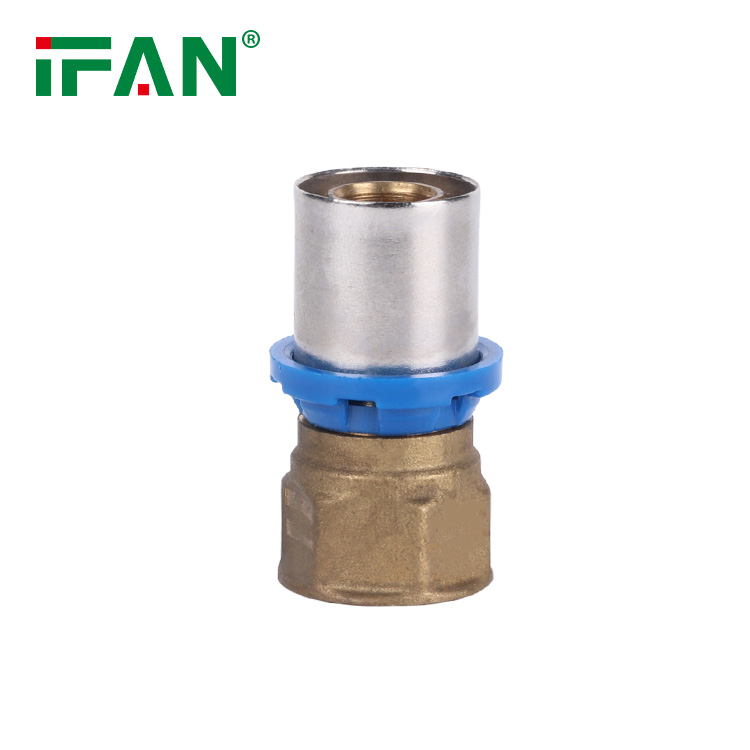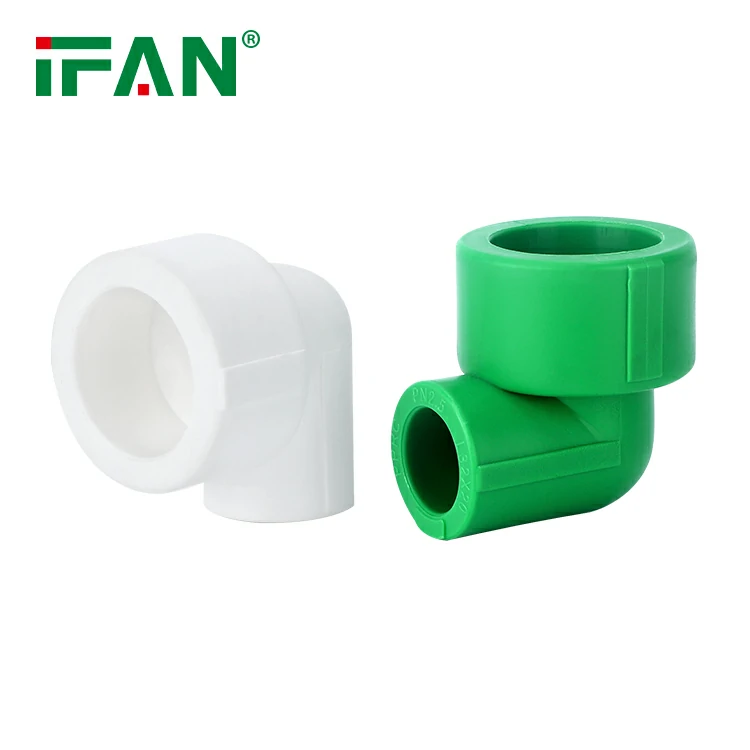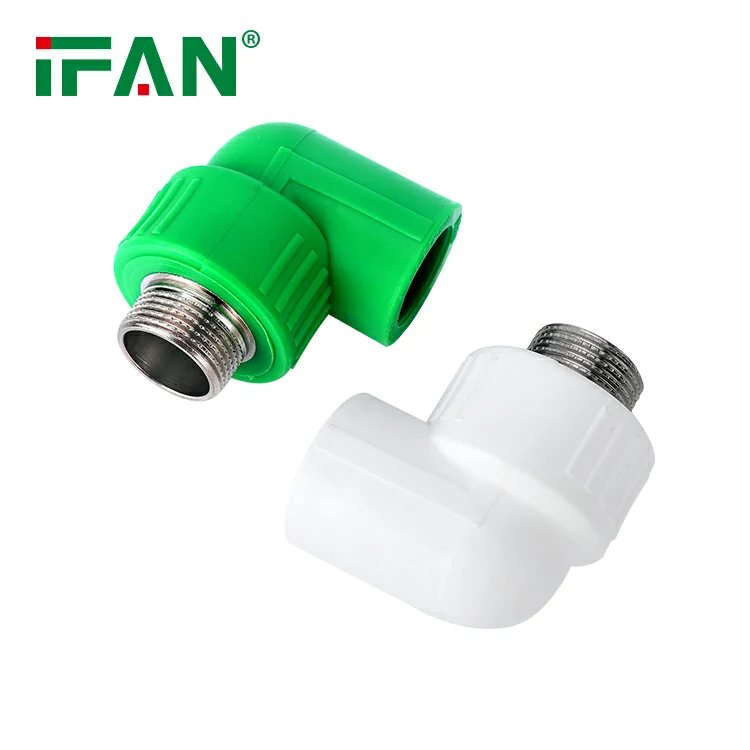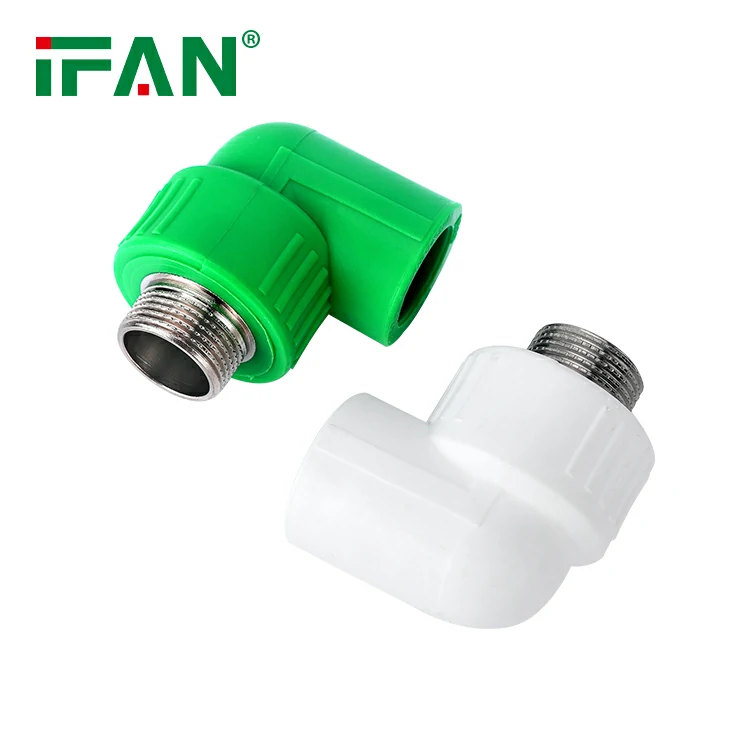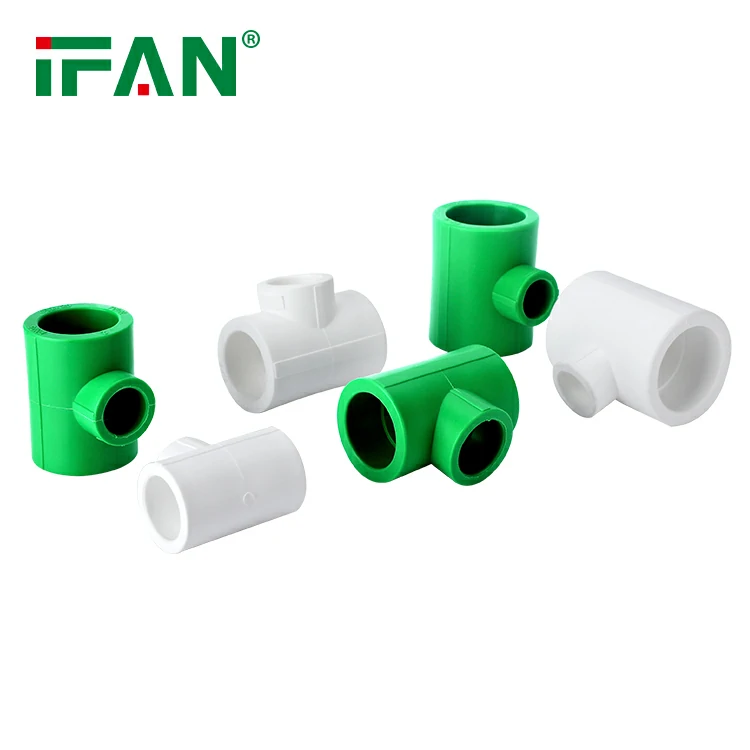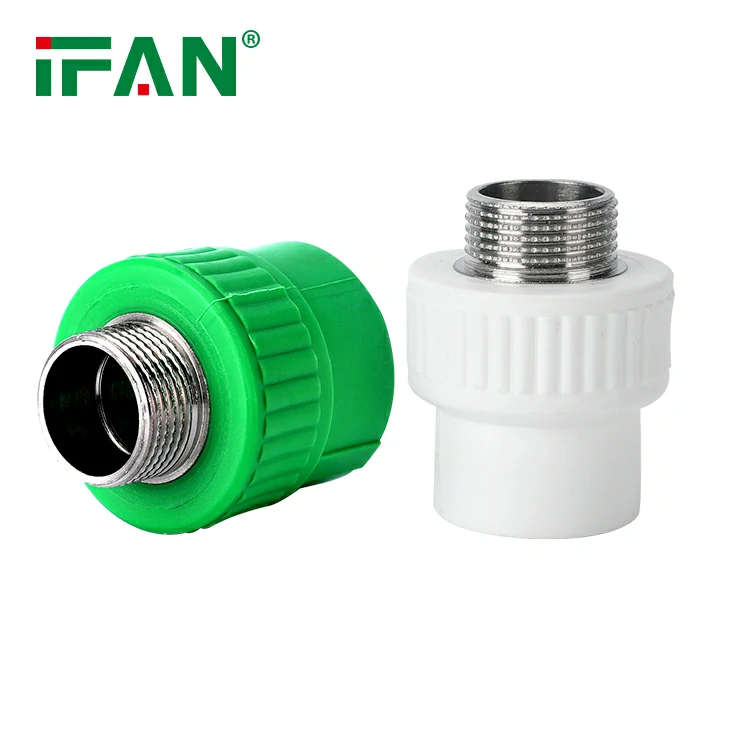PEX Fittings and PEX Tubing Compatibility: What You Need to Know
Introduction
PEX (cross-linked polyethylene) plumbing systems have gained popularity due to their flexibility, durability, and ease of installation. However, it’s essential to understand the compatibility between PEX fittings and PEX tubing to ensure a successful plumbing project. In this article, we will explore the factors that determine the compatibility between PEX fittings and PEX tubing, including the PEX type, size, and manufacturing standards. Let’s dive into this topic by breaking it down into easy-to-understand sections.
1. PEX Types and Compatibility
PEX tubing is available in three main types: PEX-A, PEX-B, and PEX-C. Each type has different manufacturing processes and characteristics that can affect its compatibility with PEX fittings.
- PEX-A: PEX-A tubing is manufactured using the Engel method, which results in a highly flexible and durable product. It has excellent shape memory, allowing it to expand and contract without compromising its integrity. PEX-A tubing is compatible with all types of PEX fittings, including crimp and push fittings.
- PEX-B: PEX-B tubing is made using the Silane method, which results in a slightly less flexible product compared to PEX-A. However, it still offers good durability and resistance to chemicals. PEX-B tubing is also compatible with all types of PEX fittings.
- PEX-C: PEX-C tubing is manufactured using the electron beam method, which results in a slightly stiffer product compared to PEX-A and PEX-B. It offers excellent resistance to chlorine, making it suitable for hot water applications. PEX-C tubing is compatible with all types of PEX fittings.
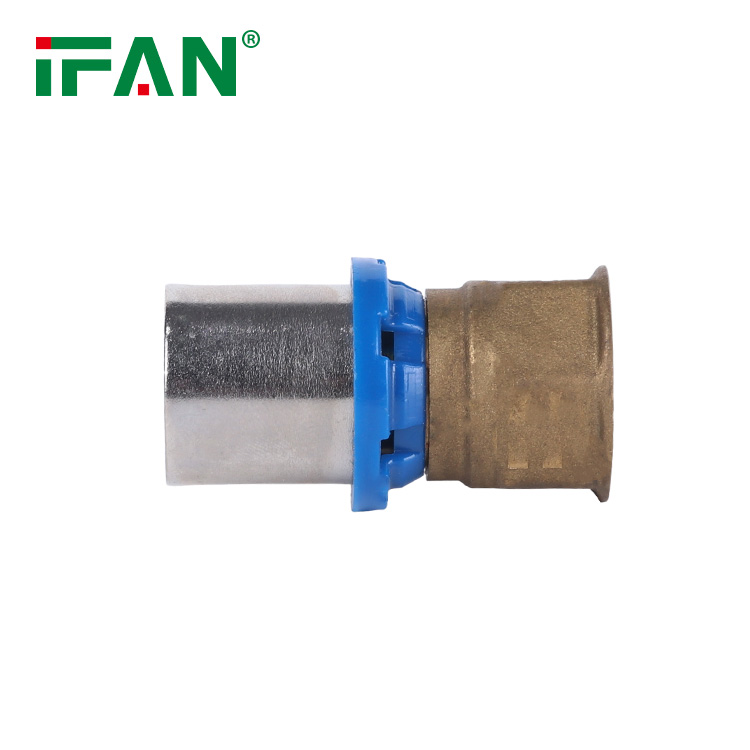
2. PEX Tubing Size and Fitting Compatibility
PEX tubing comes in various sizes, including 3/8 inch, 1/2 inch, 5/8 inch, 3/4 inch, and 1 inch. It’s crucial to ensure that the fitting size matches the tubing size for a proper and secure connection.
Each PEX fitting is designed to accommodate a specific tubing size. For example, a 1/2-inch PEX fitting is compatible with 1/2-inch PEX tubing. Mixing different sizes can result in leaks or improper connections, so it’s essential to select fittings that match the tubing size precisely.
3. Standards and Certification Marks
When selecting PEX fittings and tubing, it’s important to consider products that comply with industry standards and have appropriate certification marks. Standards such as ASTM F1807, ASTM F1960, and ASTM F2080 ensure the quality and performance of PEX fittings. Look for certification marks, such as NSF, CSA, or UPC, which indicate that the products have undergone testing and meet specific industry standards.
Using certified PEX fittings and tubing provides assurance of compatibility and durability, ensuring a reliable plumbing system.
4. Manufacturer Recommendations
Lastly, it is crucial to follow the manufacturer’s recommendations regarding compatibility between specific PEX fittings and tubing. Manufacturers often provide guidelines and specifications that outline the recommended combination of fittings and tubing for optimal performance. Always refer to these recommendations to ensure proper compatibility and to maintain any warranty coverage provided by the manufacturer.
Conclusion
Understanding the compatibility between PEX fittings and PEX tubing is essential for a successful plumbing installation. Consider the PEX type, tubing size, adherence to industry standards, and manufacturer recommendations to ensure a proper and secure connection. By selecting compatible fittings and tubing, you can create a reliable and efficient PEX plumbing system that will provide years of trouble-free service.
